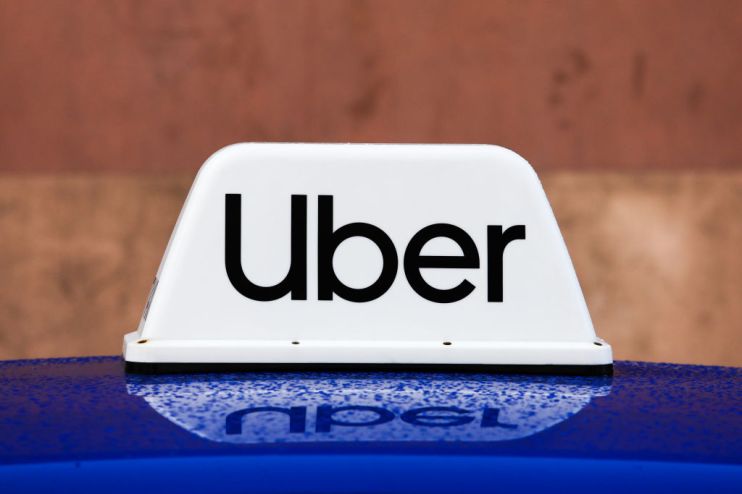Safe for now: Uber weathers labour and cost of living crunch but faces a rocky road ahead

Uber appears to have weathered the wrath of labour and cost of living uncertainties this quarter, with quarterly revenue shooting up 136 per cent to $6.9bn.
Though on a net basis, losses surged to $5.9bn from $108m the year before, Uber reported an adjusted EBITDA of $168m. Not only did this surpass the average analyst expectation of $132m, according to IBES data from Refinitiv, but the company also forecasted a strong second quarter ahead, with EBITDA between $240m and $270m.
“Our results demonstrate just how much progress we’ve made navigating out of the pandemic and how the power of our platform is differentiating our business performance,” said Uber CEO Dara Khosrowshahi.
“In April, Mobility Gross Bookings exceeded 2019 levels across all regions and use cases. There’s never been a more exciting time to innovate at Uber and we’re focused on executing our strategy to grow our platform profitably”.
CFO Nelson Chai added that free cash flow was approaching breakeven during the first period, with the expectation that the firm would now generate meaningful positive free cash flows for full-year 2022.
The firm also took the opportunity to take a swipe at its smaller rival Lyft, stating that it didn’t need to offer extra incentives to boost the number of drivers like they did.
“Our driver base is at a post-pandemic high and is more engaged on Uber than on other platforms. Importantly, we expect this trend to continue without significant incremental incentive investments,” Khosrowshahi said.
It comes after Lyft saw shares drop 26 per cent yesterday after it admitted it needed to pump more money into attracting drivers onto the platform.
Hargreaves Lansdown Senior Investment and Markets Analyst Susannah Streeter weighed in on the results and said: “The labour crunch has turned from a headache into a severe migraine for Lyft as it faces an uphill battle in the big fight to attract drivers back into its ranks”.
Whilst Streeter said Uber wasn’t as vulnerable as Lyft in terms of driver shortages, she stated: “Uber still has plenty of regulatory road bumps to navigate in countries around the globe, not least over its reliance on the gig economy, so it is still set to face labour challenges ahead which could eat into its profits prospects.”
Shares were down over ten per cent this afternoon.